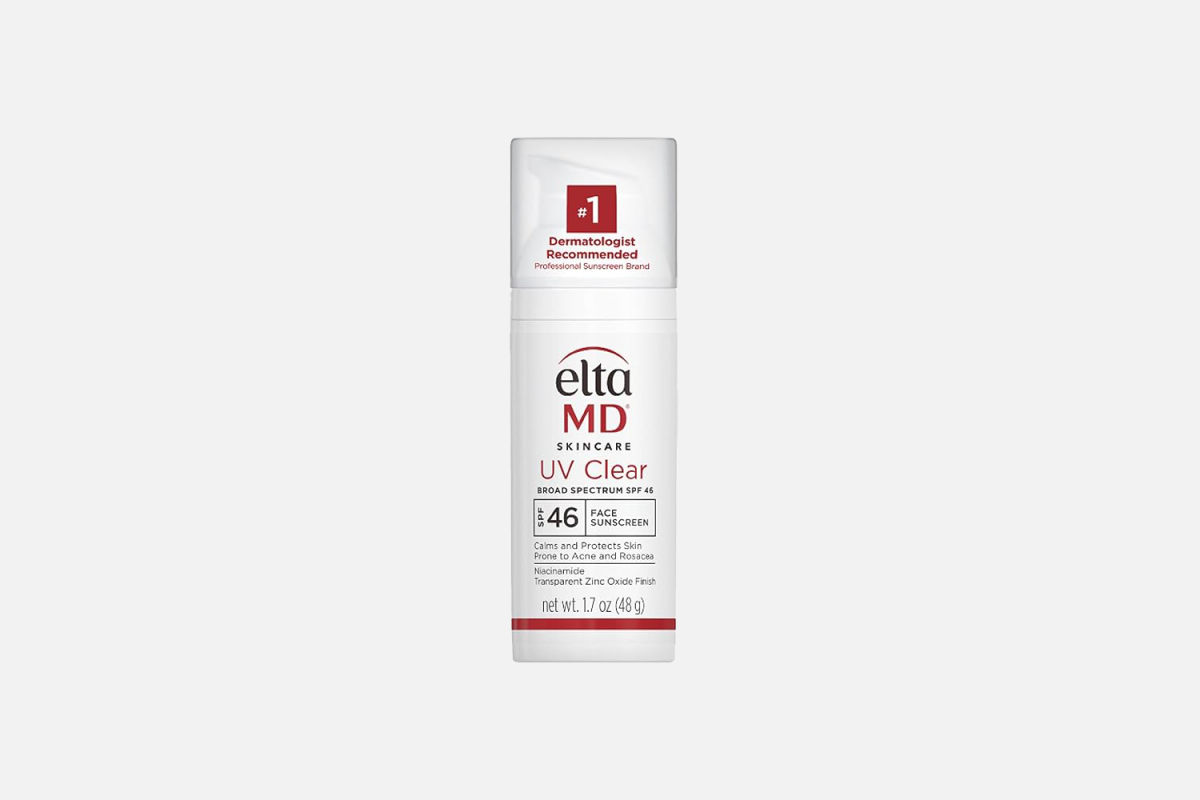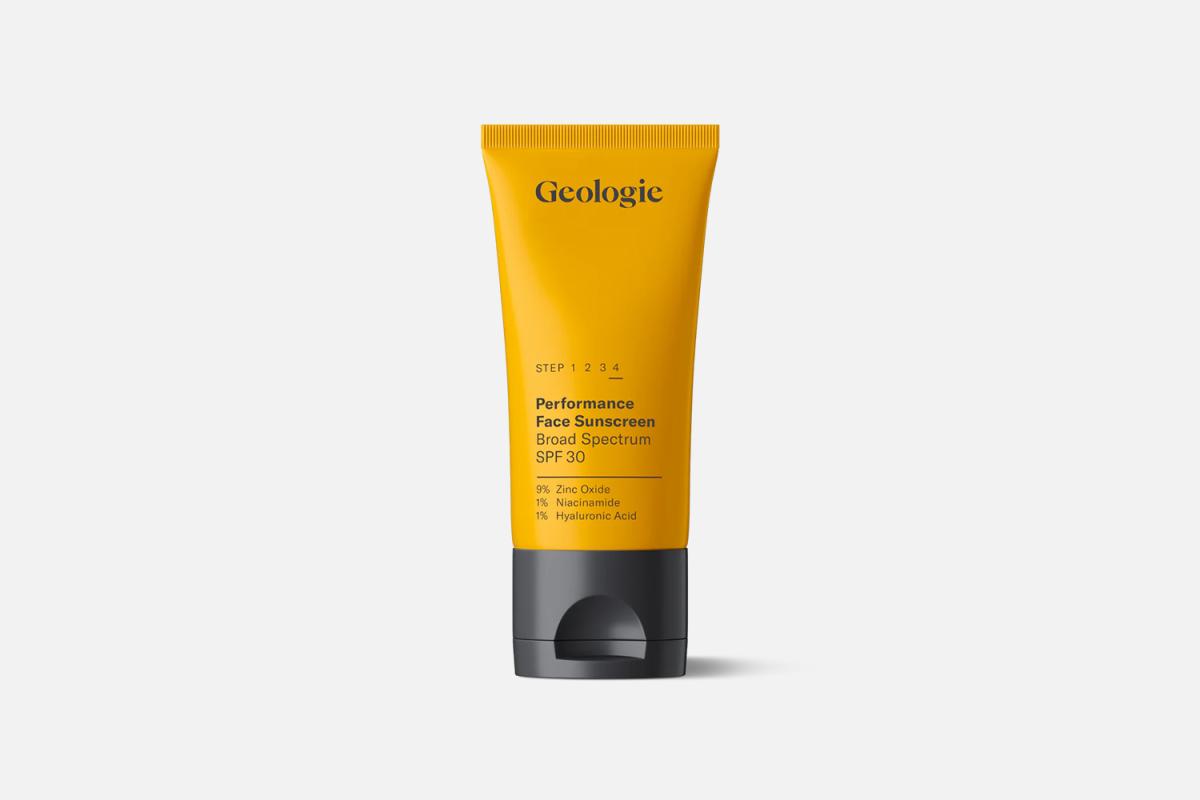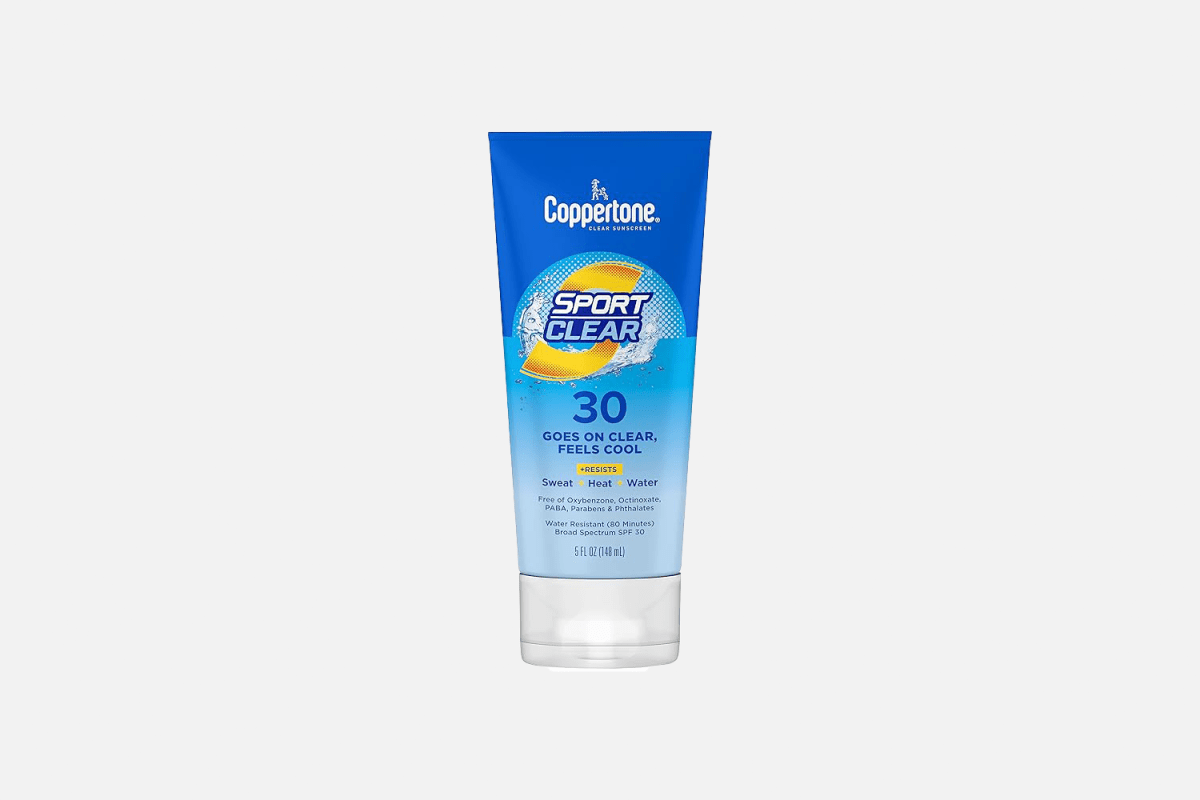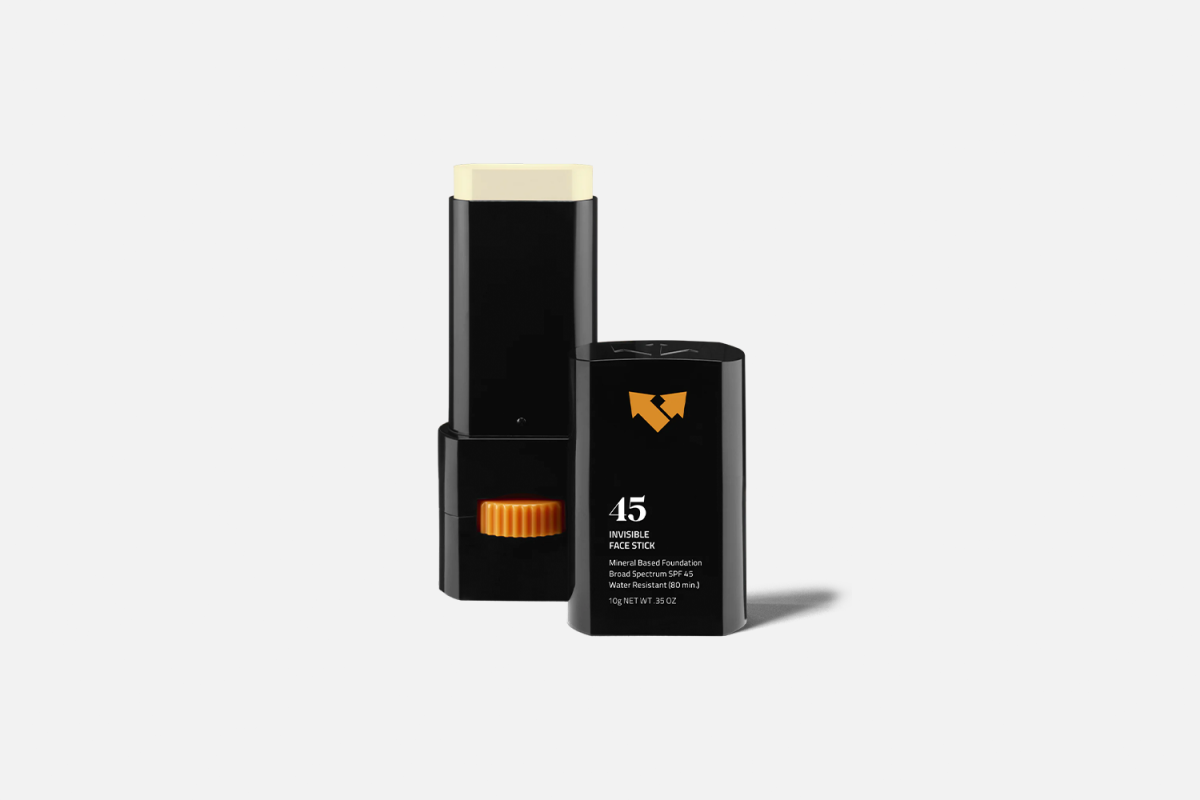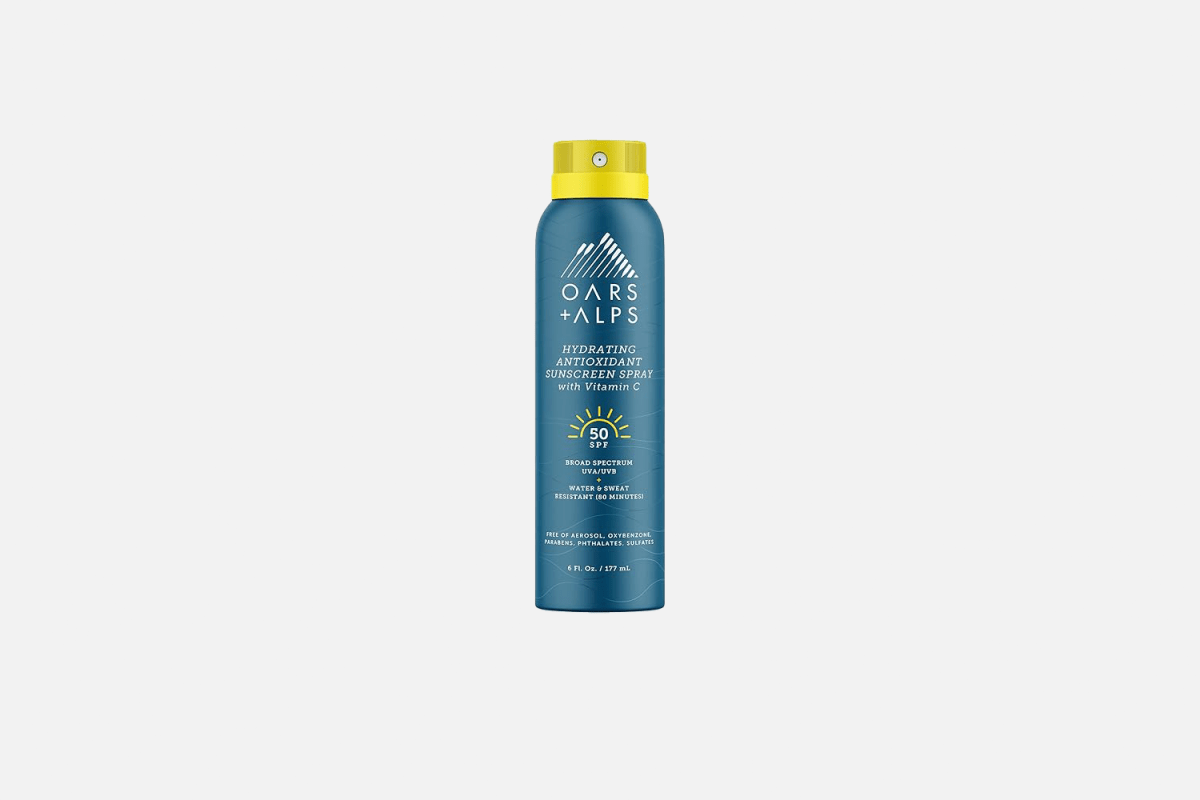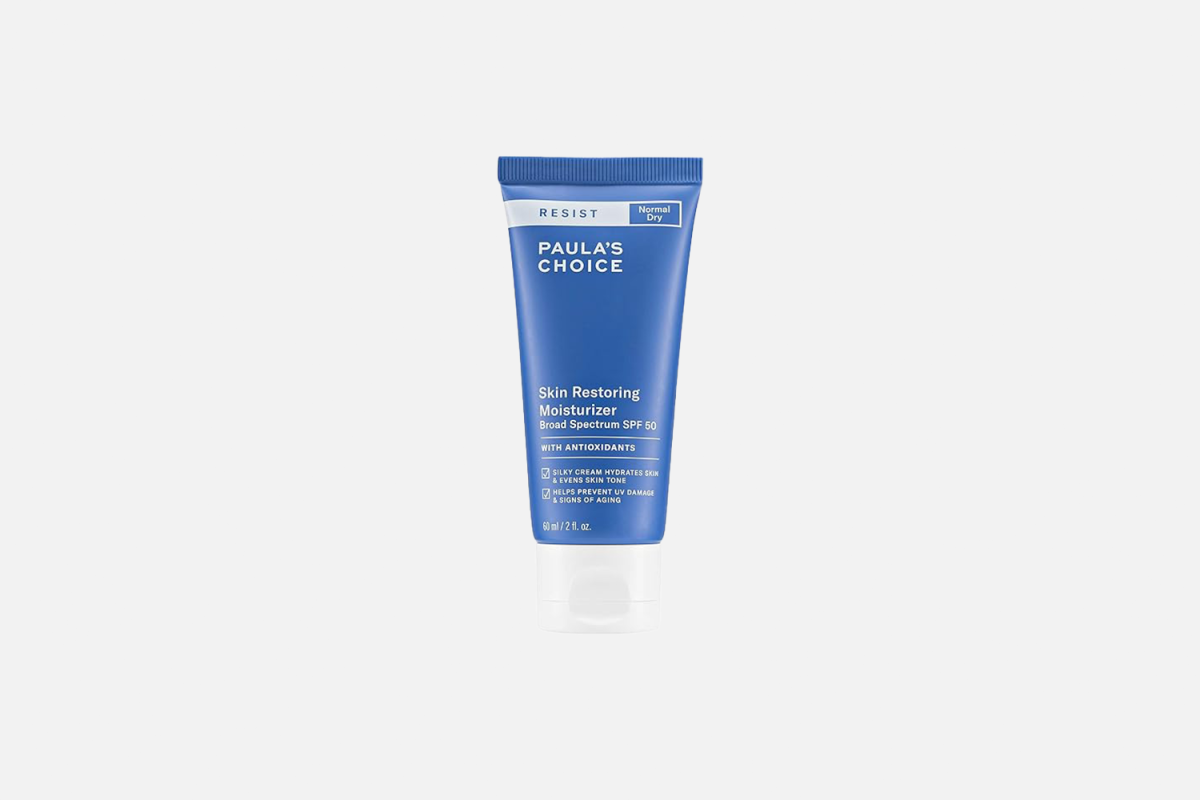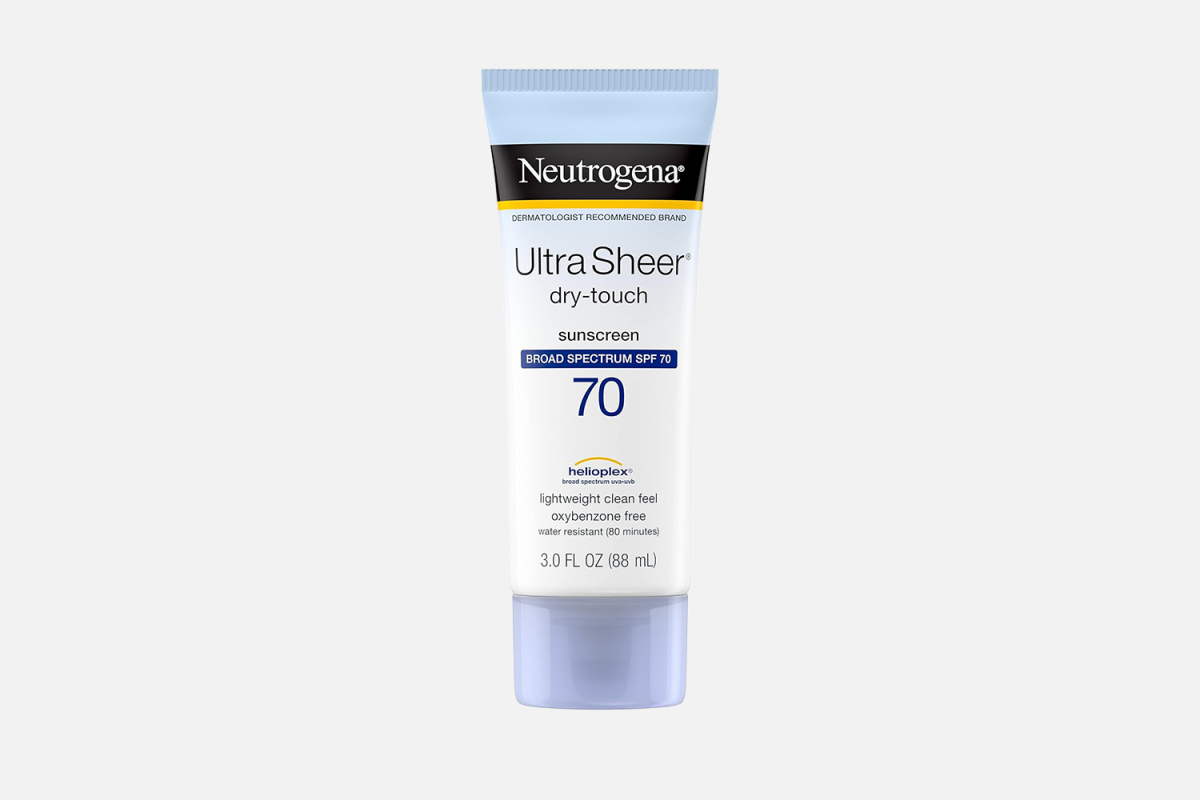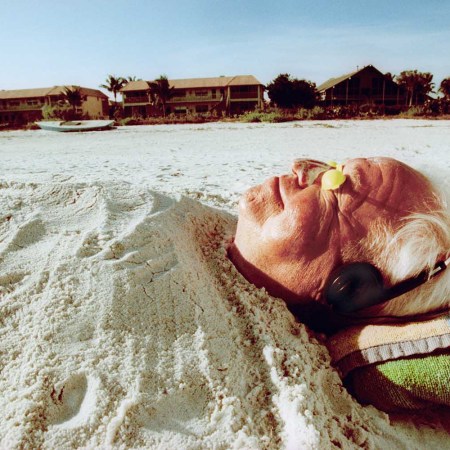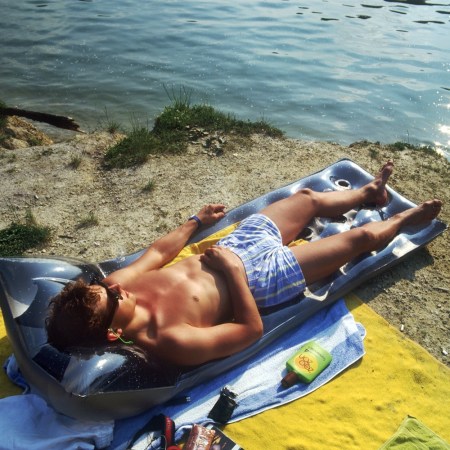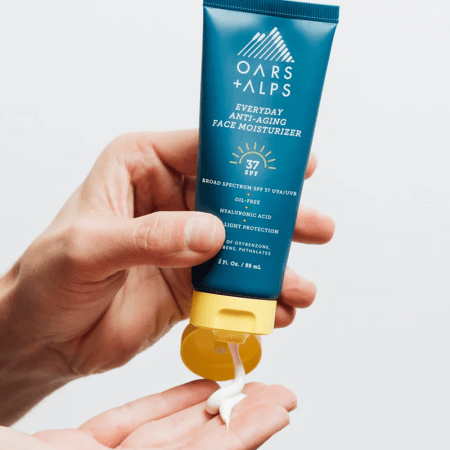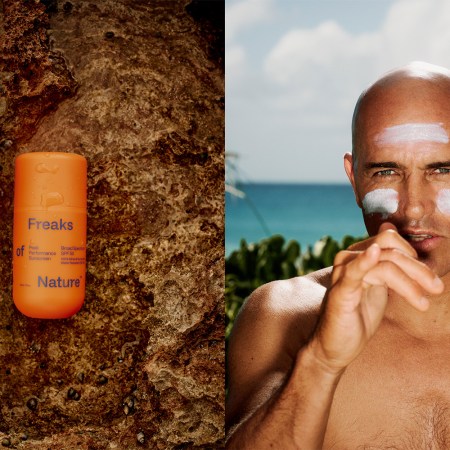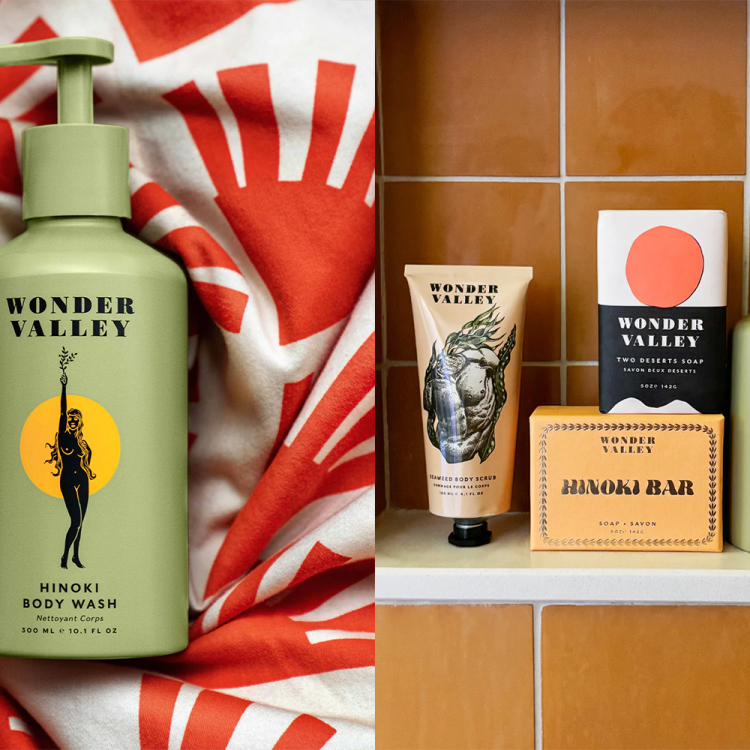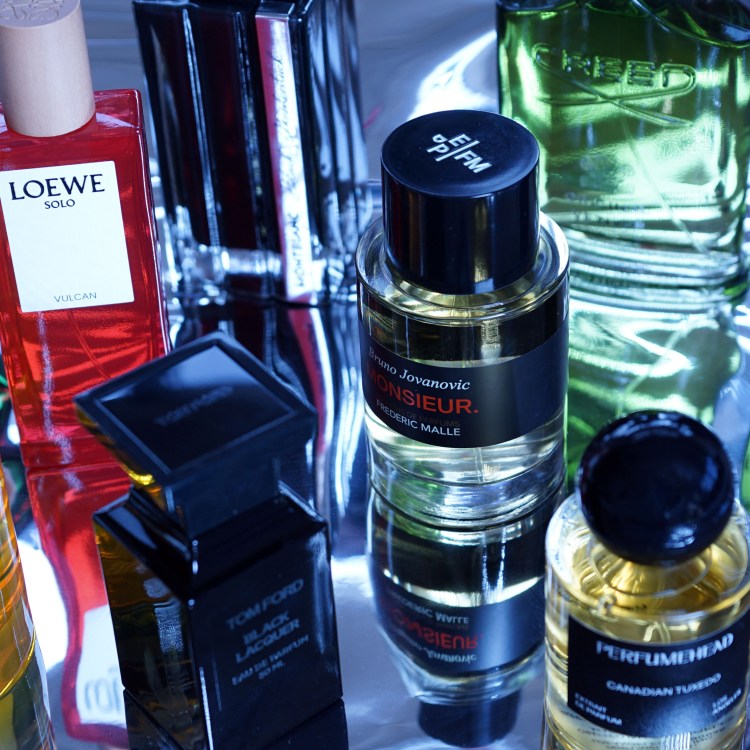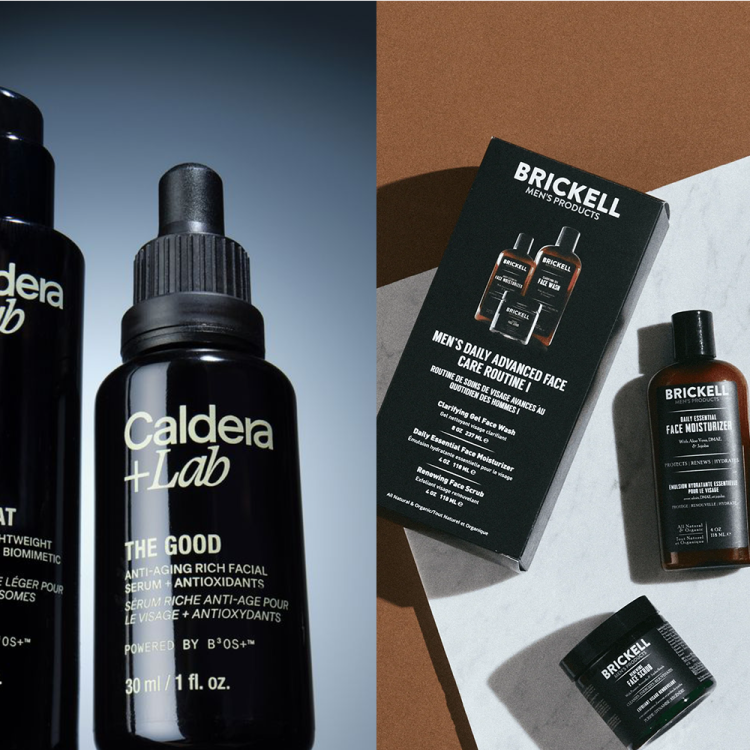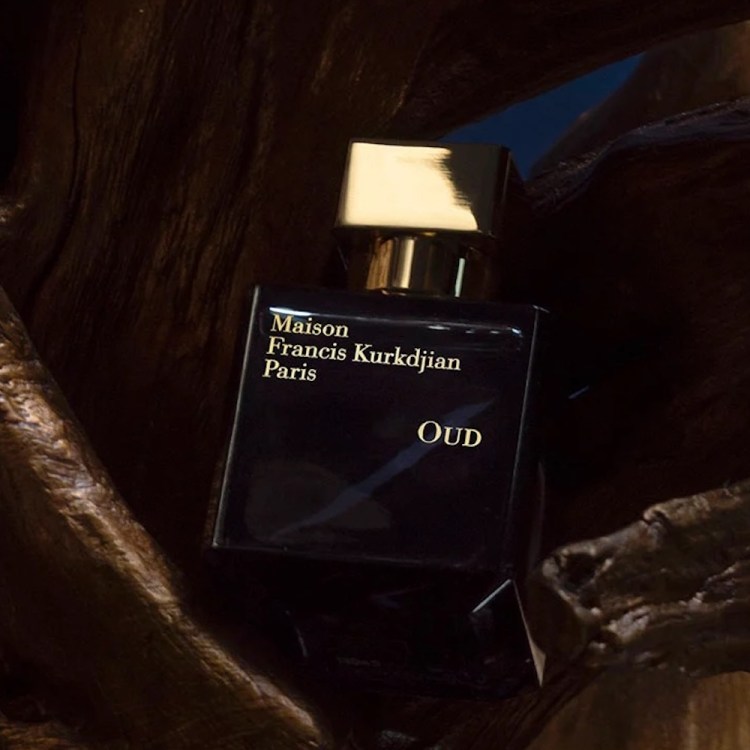Sunny season is upon us, and with a myriad of sunscreens out there, choosing the best one for you can be dizzying. To help understand what to look for and decipher the technical jargon, we consulted with Dr. Robyn Gmyrek, MD, assistant clinical professor of dermatology, UnionDerm, and Ian Michael Crumm, celebrity esthetician, skincare expert and co-host of the educational beauty podcast Beauty Curious.
These experts break down the essential considerations: SPF ratings, broad spectrum protection, water resistance, ingredients and application types. This guide aims to simplify your sunscreen shopping and help you make an informed decision. As Dr. Gmyrek states, “The best sunscreen is the one you are going to use,” so we’ve also curated top picks from the experts and ourselves to help you find the best sunscreen this summer.
SPF Rating
Dr. Gmyrek: “The SPF rating only refers to protection against UVB rays. An SPF 15 sunscreen blocks 93% of UVB radiation, SPF 30 blocks 97%, SPF 50 blocks 98% and SPF 100 stops 99% of UVB rays from reaching your skin. No matter how high the SPF rating is, sunscreen should be reapplied every two to four hours, and more often if you are sweating or engaging in water activities.”
Ian Michael Crumm: “Choose an SPF rating of at least 30 for daily use, which blocks about 97% of UVB rays. An SPF of 50 or higher is recommended for prolonged outdoor activities to ensure better protection. Make sure to reapply sunscreen every two hours or more frequently when swimming/sweating to get the true SPF protection rating.”
Broad spectrum (UVA versus UVB Rays)
Dr. Gmyrek: “UV radiation produced by the sun is divided into UVA, UVB and UVC rays. UVA rays have a longer wavelength, penetrating the most deeply into the skin, contributing to skin cancer and aging. UVB rays are shorter and more energetic and penetrate the skin’s upper layers, leading to sunburn. UVA and UVB rays damage the DNA in skin cells, producing genetic defects or mutations that can lead to skin cancer and premature aging. UVA rays come right through window glass! Sunscreens labeled ‘broad spectrum’ protect against UVA and UVB, whose level of protection is denoted by SPF — or sun protection factor. However, not all sunscreens are broad spectrum, so it is important to look for this on the label, or you will not be protected from UVA rays.”
Ian Michael Crumm: “Opt for a broad spectrum sunscreen, which offers protection against UVA and UVB rays. UVA rays penetrate deeper into the skin, causing premature aging and increasing skin cancer risk, while UVB rays cause sunburn and also contribute to skin cancer. Broad spectrum coverage ensures comprehensive skin protection!”
Water resistance
Dr. Gmyrek: “To be labeled water-resistant, sunscreens must be tested and maintain the declared SPF protection for a specific time while swimming or sweating. Two times are permitted on labels: 40 minutes or 80 minutes. There are no waterproof sunscreens. This means that when sweating or swimming, you must re-apply your sunscreen even sooner than the recommended two hours.”
Ian Michael Crumm: “Look for water-resistant formulas if you’ll be swimming or sweating a lot. Water-resistant sunscreens maintain their effectiveness for up to 40 or 80 minutes in water or during heavy sweating. Using a water-resistant SPF will ensure continuous protection during physical activities.”
Ingredients to look for and avoid
Dr. Gmyrek: “This is a controversial topic right now, and studies are ongoing. Hawaii and Key West, Florida, banned the sale of sunscreen containing oxybenzone or octinoxate due to their detrimental threat to marine ecosystems. They are also considered potential endocrine disruptors that can alter hormone levels. Though they have been detected in bodily fluids, it is unclear whether the presence of these ingredients in the systemic circulation poses a risk to human health. (Of note, these chemicals are also prevalent in the air, drinking water, cosmetics and plastics.) Other potential hormone disrupters are homosalate, octisalate, and avobenzene. The US FDA still allows these chemicals but continues studying them carefully.”
“The two ingredients considered completely safe are mineral-based sunscreens with titanium dioxide and/or zinc oxide. Evidence suggests that they are not systemically absorbed. Pure mineral sunscreens are sometimes a bit thicker and may leave a white cast on the skin, so they are often combined with chemical sunscreens to thin the product and make it more cosmetically appealing.”
Ian Michael Crumm: “Seek sunscreens with ingredients like zinc oxide or titanium dioxide for physical (mineral) protection. Antioxidants like vitamin C are great when paired with sunscreen as they help neutralize free radicals from the sun that penetrate the skin even with proper SPF application.”
Application: Spray vs. lotion vs. stick
Dr. Gmyrek: “This might be the most important question! It has much to do with personal preference; if you like sunscreen, you will be more likely to use it! I prefer that people put a good overall coating of lotion, gel or cream sunscreen before they get dressed, at least 15-20 minutes before sun exposure. Sticks are great — especially for the face and ears — but seem impractical for the entire body. Sprays are great for reapplication of sunscreen and are sometimes easier to use than lotion when you are sweaty and hot, but they are often not applied properly. If used in windy environments, the breeze takes the spray in the opposite direction. So, hold them close to your skin for sprays — about one inch away — and generously coat the skin and, if possible, rub in to ensure complete coverage.”
Ian Michael Crumm: “Spray sunscreens are convenient for quick application and hard-to-reach areas but require careful application to ensure even coverage. Lotions provide thorough and even coverage, making them ideal for daily use. Sticks are portable and great for targeted applications, especially on the face and ears. Always start with lotion for the face and daily exposed areas, and choose additional sunscreens based on your lifestyle and preference for ease of use.”
One last note from Dr. Gmyrek: “Guys, remember to apply sunscreen to your ears and scalp and re-apply sunscreen in these areas, as this is where I see many skin cancers in men. Also, protect yourself with a wide-brimmed hat and sunglasses with UVA and UVB protection. I wear UV protective clothing with an ultraviolet protection factor or UPF on the label, especially if I am in the water where direct and reflective sun can cause skin damage.”
This article appeared in an InsideHook newsletter. Sign up for free to get more on travel, wellness, style, drinking, and culture.

